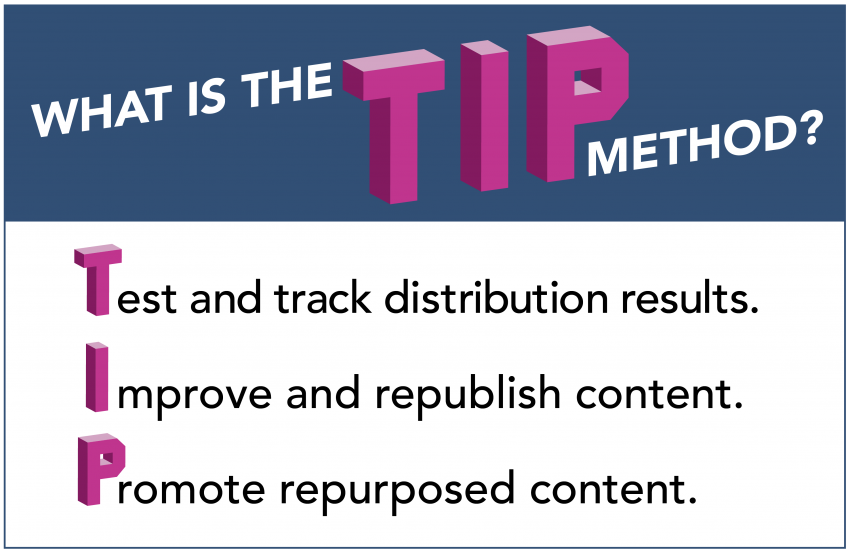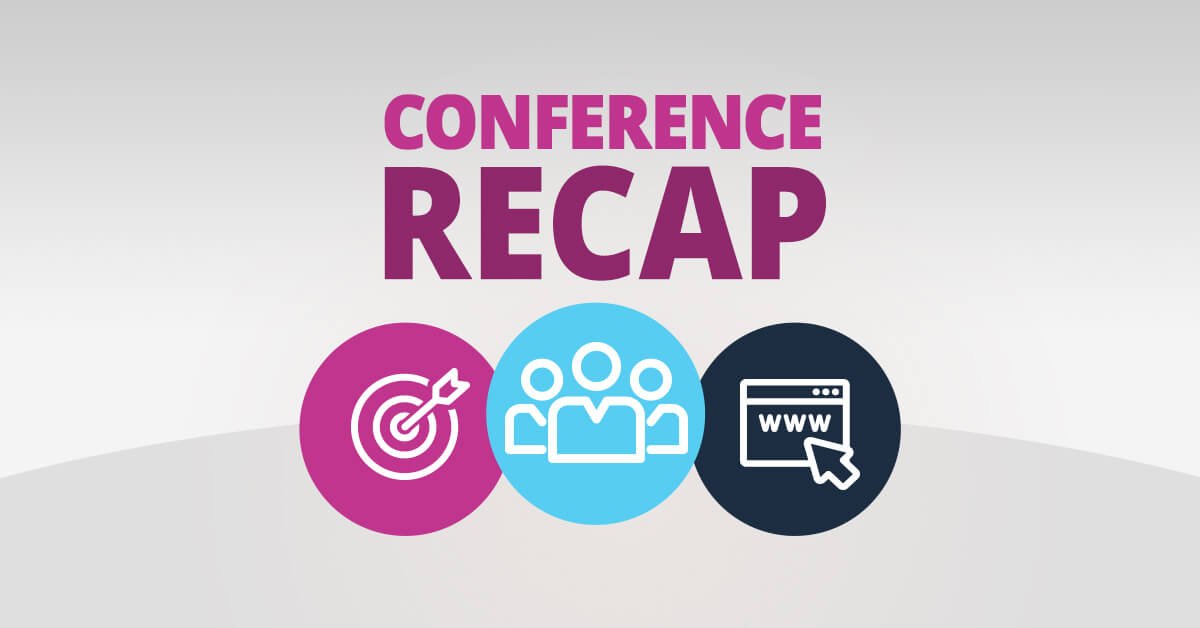Recently, I attended Content Marketing World 2018 in Cleveland, Ohio. With over 4,000 attendees, 225 speakers, and more than 120 comprehensive sessions and workshops, it’s easy to see why Content Marketing World reigns supreme when it comes to conferences within the content marketing industry. All five days of Content Marketing World were a whirlwind of the latest industry news, concepts, and perspectives—even information I was already familiar with was presented in new and intriguing ways. I couldn’t wait to share everything I learned with my Zion & Zion team members and apply it to our work. Below are my top five takeaways and lessons from Content Marketing World.
The future of content is micro
One of my favorite sessions I attended focused on how the rise of AI is facilitating an increasing shift towards microcontent. This shift is due to the fact that Amazon Alexa, Google Home, Siri, and AI devices are re-shaping the way we search for, and consume, content. In this session, microcontent was defined as “all of the public, structured facts about your business for which you want to be the source of truth.” In other words, microcontent is the answer given by Siri when you ask her how to change a lightbulb, the details Google Maps gives you when you search for pizza places nearby, and the product information listed when you search for televisions on Amazon.
The rise of microcontent gives way to the growing importance of Digital Knowledge Management, or DKM. It’s essential to ensure that your business is represented the same way across every AI device and application. For example, if Google Maps says your business closes at 8pm, but your website says you close at 7pm, your customers won’t know which to trust. The same goes for outdated business descriptions that Google may pull through in a search preview, or an old location that’s listed on Google maps. Every content marketer should take an active role in the DKM of the brands they work on to ensure that the content they create is compatible with the way audiences will be searching for it through AI.
Leveraging emotion driven content
The key to leveraging emotion driven content is knowing your audience. Content marketers should be well versed in the who, what, where, why, and how of the people who make up their audience. That way, they can use the audience’s stories and feelings to drive their content. This use of emotion makes the content seem more authentic, meaningful, and trustworthy to the audience. Of course, not all emotions are positive—but negative emotions can be leveraged as well. For example, content marketers can focus in on pain points, frustrations, and tensions of their audience while positioning their content as a solution.
Using the TIP method for content distribution
With so much content on the web, it’s important to make sure your content reaches your audience, instead of getting lost in the shuffle. One strategy I learned for implementing a winning amplification and distribution framework is the TIP Method.

By continually testing and re-testing your distribution strategies, you can see firsthand where your content is going and how well it’s doing once it gets there. Top-performing content can then live on to engage an even wider audience over time as you improve and republish it. Even something as simple as a new introduction paragraph to a blog or an updated version of an infographic can breathe new life into existing content, which can then be promoted back to your audience that responded well to it initially.
Consistency and patience are key
If there’s one thing that content marketers know, it’s that content takes time. Time to create, time to distribute, and time to deliver results. In an age of instant gratification, it’s easy to become disillusioned when your content doesn’t immediately light the world on fire and deliver groundbreaking results. What I learned at Content Marketing World is, it’s important to resist the urge to go back to the drawing board—and instead, you should double down and maintain your consistent messaging. Your audience’s established habits and behaviors aren’t going to change overnight. In fact, it could take anywhere from a few weeks to a few months. But, if your content is backed by a solid strategy, and you believe in the message your brand is selling, your efforts will pay off in the end.
How to reach beyond brand loyalty
It’s becoming increasingly important for brands to reach beyond brand loyalty into the realm of brand attachment. Brand attachment is defined as “the emotional and cognitive connection a person creates with a brand.” In other words, while brand loyalty speaks to the rational side of your brain, brand attachment is more powerful, and felt in the heart. It’s an emotional and psychological connection between a brand and its customers, in which the customer sees their own personal values and principles reflected in the brand.
So, how can content marketing help brands establish this relationship with their customers? The answer is personalization. In her keynote session, Ann Handley shared her strategy for making all of her newsletters personal—she writes them with one specific person in mind, to keep a human element at the forefront of the content. She adopted this strategy similarly to the way Warren Buffet writes his letters to shareholders as if he were writing to his sister, Doris. Incorporating this same sort of human touch in all content can help brands push their customers from brand loyal to brand attached.
Final thoughts
Out of everything I learned and gained from Content Marketing World, by far the most impactful benefit was seeing firsthand how versatile content marketing really is, and how it can mean different things to different industries. Of course, content marketing is more than blogs, newsletters, and collateral pieces. I attended sessions led by writers, engineers, PR coordinators, psychologists, brand strategists, SEO professionals, non-profit founders, and more. Despite the fact that none of these professionals have “content marketing” in their job description, they’re all content marketers in their own right. When it comes down to it, content marketing is about delivering information to audiences who want it. So long as there’s a demand for information, content marketing won’t be slowing down any time soon.
